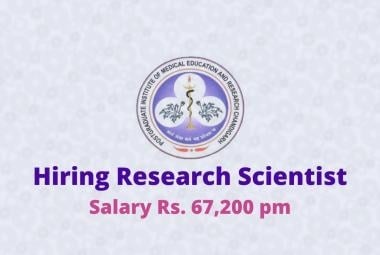Researchers have identified changes in brain connectivity and brain activity during rest and reward anticipation in children with anhedonia, a condition where people lose interest and pleasure in activities they used to enjoy. The study, by scientists at the National Institute of Mental Health (NIMH), part of the National Institutes of Health, sheds light on brain function associated with anhedonia and helps differentiate anhedonia from other related aspects of psychopathology. The findings appear in the journal JAMA Psychiatry.
Anhedonia is a risk factor for, and a symptom of, certain mental disorders and is predictive of illness severity, resistance to treatment, and suicide risk. While researchers have sought to understand the brain mechanisms that contribute to anhedonia, investigations on this condition have more commonly focused on adults rather than children. Importantly, previous studies often did not separate anhedonia from other related psychopathologies, such as low mood, anxiety, or attention-deficit/hyperactivity disorder.
To learn more about the neurological underpinnings of anhedonia in children, researchers from the NIMH Division of Intramural Research Programs examined fMRI data collected from more than 2,800 children (9-10 years old) as part of the Adolescent Brain Cognitive Development (ABCD) Study(link is external). Some of the children included in the sample were identified as having anhedonia, low mood, anxiety, or attention-deficit/hyperactivity disorder (ADHD). fMRI data were collected while the children were at rest and while they completed tasks assessing reward anticipation and working memory.
Analysis of brain connectivity at rest revealed significant differences in children with anhedonia compared to children without anhedonia. Many of these differences were related to the connectivity between the arousal-related cingulo-opercular network and the reward-related ventral striatum area. These findings suggest that children with anhedonia have altered integration of reward and arousal compared to children without anhedonia.
When the researchers examined brain activity during the tasks, they found that children with anhedonia showed hypoactivation of brain regions involved in integrating reward and arousal during the reward anticipation task — but not the working memory task. This hypoactivation was not seen in children with low mood, anxiety, or ADHD. In fact, children with ADHD showed the opposite pattern: abnormalities in brain activation during the working memory task — but the not the reward anticipation task.
The study suggests that children with anhedonia have differences in the way their brain integrates reward and arousal and in the way their brain activates when anticipating rewards.
“We found anhedonia-specific alterations, such that youth with anhedonia, but not youth with low mood, anxiety, or ADHD, showed differences in the way they integrated reward and arousal and also showed diminished activity in reward-anticipation contexts,” said Dr. Pornpattananangkul. “This finding may start to provide the specific neural targets for treating anhedonia in youth.”










